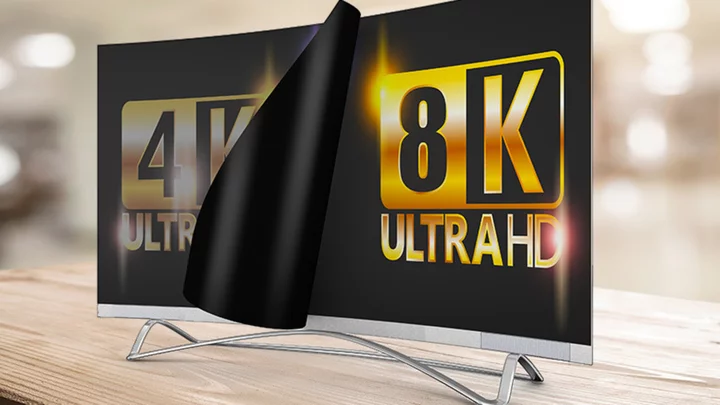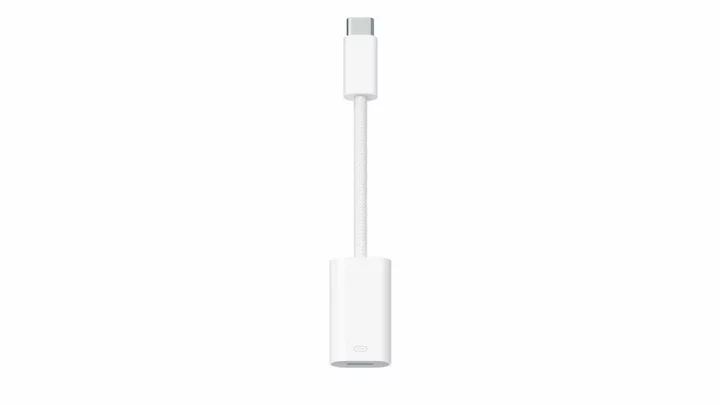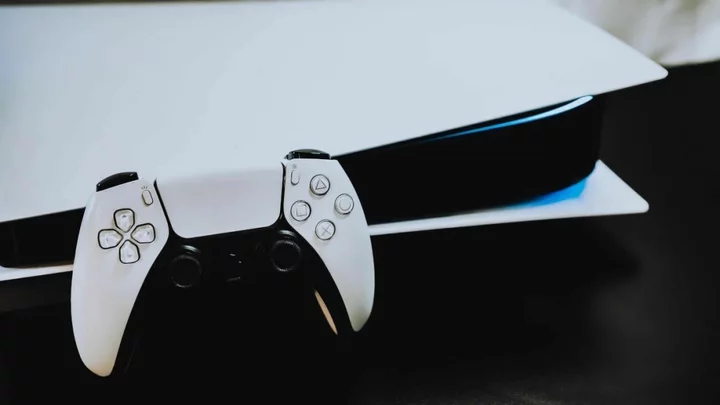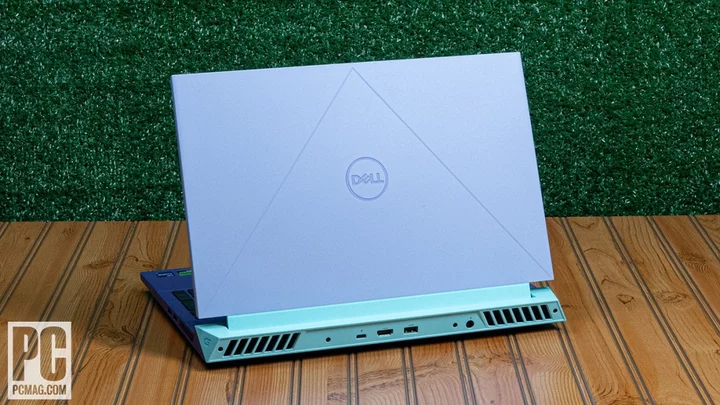Editor's Note: This article was originally published in 2021. After thoroughly reassessing the 8K landscape in mid 2023, we have determined that everything here is still relevant: the argument for 8K has remained largely unchanged. For example, there is a complete lack of any 8K consumer content. So, if you want the short answer, you still shouldn't buy an 8K TV now—and there probably won't be any reason to buy one for several more years.
Maybe you've had a 4K TV since they first came out. Maybe you upgraded only recently. Maybe you're still using a 1080p TV. Whatever your current screen status is, you've probably heard about what's coming after 4K: 8K. It's the next big jump in TV resolution. And like the upgrade from 1080p to 4K, the transition from 4K to 8K will require new technologies. Here's everything you need to know about 8K: what it is, when it's coming, and what it needs to work. The short explanation is: 8K TVs are here, but you shouldn't rush to buy one.
The Basics of 8K
8K is a higher resolution than 4K—and that's it. Common 1080p screens have a resolution of 1,920 by 1,080 pixels. 4K screens double those numbers to 3,840 by 2,160, thereby quadrupling the number of pixels. 8K doubles the numbers again to a resolution of 7,680 by 4,320. That's four times the number of pixels as 4K, which means it's 16 times that of a 1080p TV.
For context, look really closely at your TV. Try to find a single pixel (not the individual red, green, and blue lights; those are subpixels, which means you're too close). If you're looking at a 4K screen, imagine four pixels taking up the space of that single pixel. If you're looking at a 1080p screen, picture a grid of sixteen pixels, four by four, within that single pixel. That's 8K. It's much sharper than 4K and much, much sharper than 1080p.
What About HDR?
If you've been paying attention to TVs and 4K, you've heard the term HDR—high dynamic range. You also might be confused by what HDR is and whether it's different from 4K. HDR can be a complicated concept, but it's important to understand as 8K continues to develop and useful to know when you're shopping for a 4K TV.
Resolution—1080p, 4K, and 8K—indicates the number of pixels on a screen. HDR and SDR (standard dynamic range) define what each of those pixels shows. Each pixel is assigned values that determine the brightness of its red, green, and blue (and sometimes white) subpixels, which forms that pixel's color and light, or more precisely, its hue and luminance, respectively.
SDR and the standard color gamut are intentionally limited because of the technical restrictions of old CRT TVs. The SDR space was defined decades ago. Light is assigned a value between 16 and 238 on a scale of 1 to 255, and color is assigned a value within the Rec. 709 color space, a small fraction of the full spectrum of visible light. Broadcast standards were defined within those ranges because CRT displays couldn't accurately get darker, brighter, or more colorful. This meant any signal sent over the air, cable, or satellite, and most physical and streaming media, was also limited.
HDR and wide color gamuts take advantage of the greater capabilities of LCD and OLED screens, using the full available range of values in light and color. For light, that means 1 to 255, often with far more levels of brightness between them thanks to higher bit depths. HDR TVs make use of a much wider range of values for light and color, with more steps in between, than SDR TVs do.
Different types of HDR have different capabilities. Going into the differences of each of them could be its own story. All you need to know about HDR in this context is that 4K determines how many pixels, and SDR/HDR determines what those individual pixels do. Virtually all HDR content is 4K, but not all 4K content is HDR.
That logic extends to 8K as well. 8K content can be HDR, just as 4K content can. It also can be SDR, with more limited values for each pixel. Of course, most 8K content will probably be available in HDR, but we have no way of knowing—there's no consumer 8K content available yet.
What Else Do You Need for 8K?
In addition to an 8K screen, 8K video requires high-speed channels leading into that screen. Four times as many pixels, each of which carrying various degrees of information, means 8K video takes up a lot of bandwidth. That's a concern whether you're watching 8K content on an as-yet-uninvented 8K optical disc or streaming it over a Wi-Fi or 5G internet connection. At a minimum, 8K requires HDMI 2.1 unless the TV itself is receiving the stream. HDMI applies to cables and home theater devices. That ensures your cables and the source devices you use can handle the bandwidth requirements necessary to carry 8K content.
Here are the numbers that show why. HDMI 2.1 is a relatively new standard intended for high-quality 4K and 8K content: It features a maximum bandwidth of 48Gbps—three times that of the HDMI 2.0 standard (18Gbps), which supports up to 4K60 video. The lower a bandwidth's connection, the lower the resolution and video frame rate you can send over it, and the more compressed the video has to be, which in the end hurts fine details. HDMI 2.1 can handle high-quality, uncompressed 8K video at up to 60 frames per second, and it can carry uncompressed 4K120 video as well.
The Best 8K TVs We've Tested
TCL 65-Inch 6-Series 8K Roku TV (65R648) Review
4.0 Excellent $1,899.99 at Amazon See It (Opens in a new window)TCL 75-Inch 6-Series 8K Roku TV (75R648) Review
4.0 Excellent $3,488.94 at Amazon See It (Opens in a new window)Samsung 65-Inch QN900C 8K Neo QLED TV Review
3.5 Good $4,497.99 at Amazon See It (Opens in a new window)So yes, that means you'll probably have to buy new cables. Top-of-the-line certified HDMI Premium High-Speed cables are rated for up to 18Gbps. To handle 8K's requirements, you'll need to wait until the HDMI Forum officially certifies some Ultra High-Speed HDMI cables, or otherwise look for cables that meet the criteria and have a maximum bandwidth of 48Gbps (Monoprice currently has two 8K HDMI cables out of its dozens of different versions).
Moreover, your source device needs to support 8K video and have HDMI 2.1 compliance as well. HDMI 2.1 defines everything in the signal path from source to screen, including the ports on your media streamer, game system, or Blu-ray player. Even if your device can play 8K content, that won't matter if it can't actually get that 8K signal to your TV.
Is Now the Time to Buy an 8K TV?
Now is not the time to buy 8K—at least, not for the majority of buyers. You can find an 8K TV today for several thousand dollars. They're often premium or flagship TVs that stand at the top of manufacturers' lineups and offer impressive picture quality. For example, the Samsung QN900C TV, available for $4,999.99 for 65 inches. In contrast, the Editors' Choice 4K Samsung S95C OLED TV costs two-thirds as much, and that's expensive for an OLED TV. Meanwhile, TCL used to have the 8K 6-Series, which cost nearly twice as much as its 4K 6-Series TVs, but since the company refreshed its 2023 lineup it no longer offers an 8K TV. LG, too, has refrained from updating its 8K TV offerings since it launched the OLED 88Z9PUA, which cost $25,000.
Jumping on the early adopter bandwagon and splurging on an 8K TV would be a reasonable pursuit for anyone with the budget for it, except there isn't any 8K content available to consumers yet. If you have an incredibly powerful gaming PC you might be able to push some games to run decently at 8K, but that's about all you can hope for right now. Anything you want to watch on your 8K TV will be upconverted from 4K or a lower resolution, and won't be as sharp as you might hope.
If Not Now, When?
Most people can expect to wait at least two years before 8K TVs are a realistic choice. However, that's what I said two years ago, and the timeline for 8K TVs is even more uncertain now. Major manufacturers have cooled on 8K. They're now often presented as expensive novelties than as premium, flagship models.
Of course, that's just the physical TV side of things. Content is another story altogether and a much bigger question. 8K content has yet to come to any streaming, broadcast, or physical media. Shows and movies still need to be shot, mastered, and distributed in 8K at a significant rate. We'll be waiting another few years for native 8K content to become available to consumers.
If you think broadcast, cable, and satellite will be first to deliver 8K content, we don't recommend you hold your breath. Even 4K video is still extremely limited via those services. The BBC and NHK have been experimenting with transmitting 8K video, but outside of tests don't expect to see 8K over the air anytime soon.
Streaming video will probably come first. While none of the major streaming services (besides YouTube's support of the format) have announced 8K plans yet, the first 8K shows and movies in the home will probably come from Amazon, Apple TV+, Disney+, and Netflix.
Hopefully, word of 8K-compatible physical media will surface around the same time. Though Ultra HD Blu-ray discs didn't set the world on fire the way regular Blu-rays and DVDs did, they're a vital part of a cinephile's movie collection (and one of the only legal ways to ensure that you'll have your favorite movie or show on-hand). Whether it's 8K optical discs or some new solid state media, hopefully we'll still be able to hold our favorite films in our hands and watch them in 8K.
Then there's 8K gaming. On paper, the PlayStation 5 and Xbox Series X are capable of 8K. Both Sony and Microsoft say their newest consoles will eventually support 8K content, including video games. However, neither system is currently 8K-enabled, so it looks like we're in for a bit of a wait.
So for now—and for the next couple of years at least—4K is just fine. Head over to our picks for the best TVs to find the right model for you.









